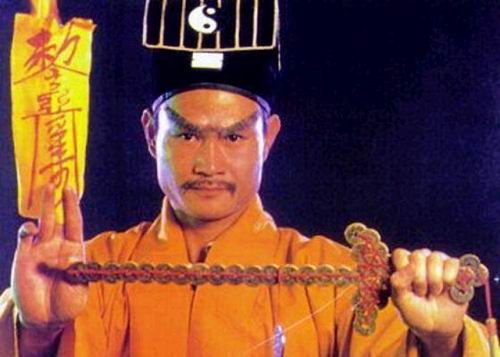Well the Chinese have done it again.. a seafood business in Nanjing have come up with the world's first live crab dispenser machine and placed it in one of their subway stations. Crabs of different sizes are packed in small containers and kept live in near freezing temperatures. Consumers simply have to insert their money and the crab of their choice would be dispensed out. The vendor even gives a guarantee that if anybody gets a dead crab, they will compensate them with 3 live ones. How creative.. one can only imagine the suffering that those crabs go through, frozen and trapped in a tight container, conscious but unable to move.
The Dhammapada says:
"When evil karma is immature
the fool thinks it is honeyed,
but when the evil has matured
then to the fool comes suffering."
The hunger of the Chinese for live seafood knows no bounds. As are result this hunger, millions of sea creatures are slaughtered everyday to satisfy their hunger. Of course, this also applies to land animals as the Chinese eat everything with their backs facing the sky. There are some well-known inhumane ways to slaughter and prepare seafood, and now they have thought of another inhumane way to sell them to consumers. It is appalling indeed that they have such scant regard for the welfare of animals. But of course, nobody will think of protecting crabs or other sea creatures from cruelty in China, since everyone thinks of them as "food" like chickens and pigs. Businesses that are built up from taking lives and being cruel to animals can never prosper, for the evil karma accumulated will have serious consequences for all those in the business. As Buddhists, even if we cannot be vegetarians, we should at least not contribute to the demand for live animals, but settle for dead ones. The craving for fresh and tasty meat is something that leads many to the states of woe. By weakening the demand for live animals, we also reduce the cruelty perpetrated towards countless animals everyday. The world will be a better place if the Chinese can learn to have more respect towards all life.























 Close up of the Cobra deity.
Close up of the Cobra deity.














